
It was 100 years ago, on April 25, 1917, that legendary jazz singer Ella Fitzgerald was born. To mark the centennial anniversary of her birth, the National Museum of American History is telling her story with the artifacts of her life, a few of which can be seen above. From record covers to sheet music to advertisements, they trace her path to fame.
When she died in 1996, TIME’s Jay Cocks noted that she had “spread the treasure of her voice over thousands of songs and half a dozen generations.” That treasure, he explained, had defined the course of her young life:
Born in Newport News, Virginia, Ella Fitzgerald never knew her biological father. According to a biographer, she was raised in Yonkers, New York, and fled her abusive stepfather after her mother died, making money by singing and dancing on the sidewalks of Harlem and warning prostitutes of the arrival of the police. At 16, dressed in cast-off clothes and wearing men’s boots, she won an amateur-night contest at the Apollo Theater. When she was brought to Chick Webb’s attention, he complained, “I don’t want that old ugly thing!” But he took her. As admirers would later marvel, “Poor Ella, she can’t play piano. All she can do is sing everything right on the first take.”
And, in the years that followed, it also defined the sound of American life. Especially in the 1950s, after she began doing a series of “songbook” albums focusing on the works of individual composers and lyricists, she more than earned the title “First Lady of Song.”
The Smithsonian exhibition The First Lady of Song: Ella Fitzgerald at 100 will be on view at the National Museum of American History through April 2, 2018.
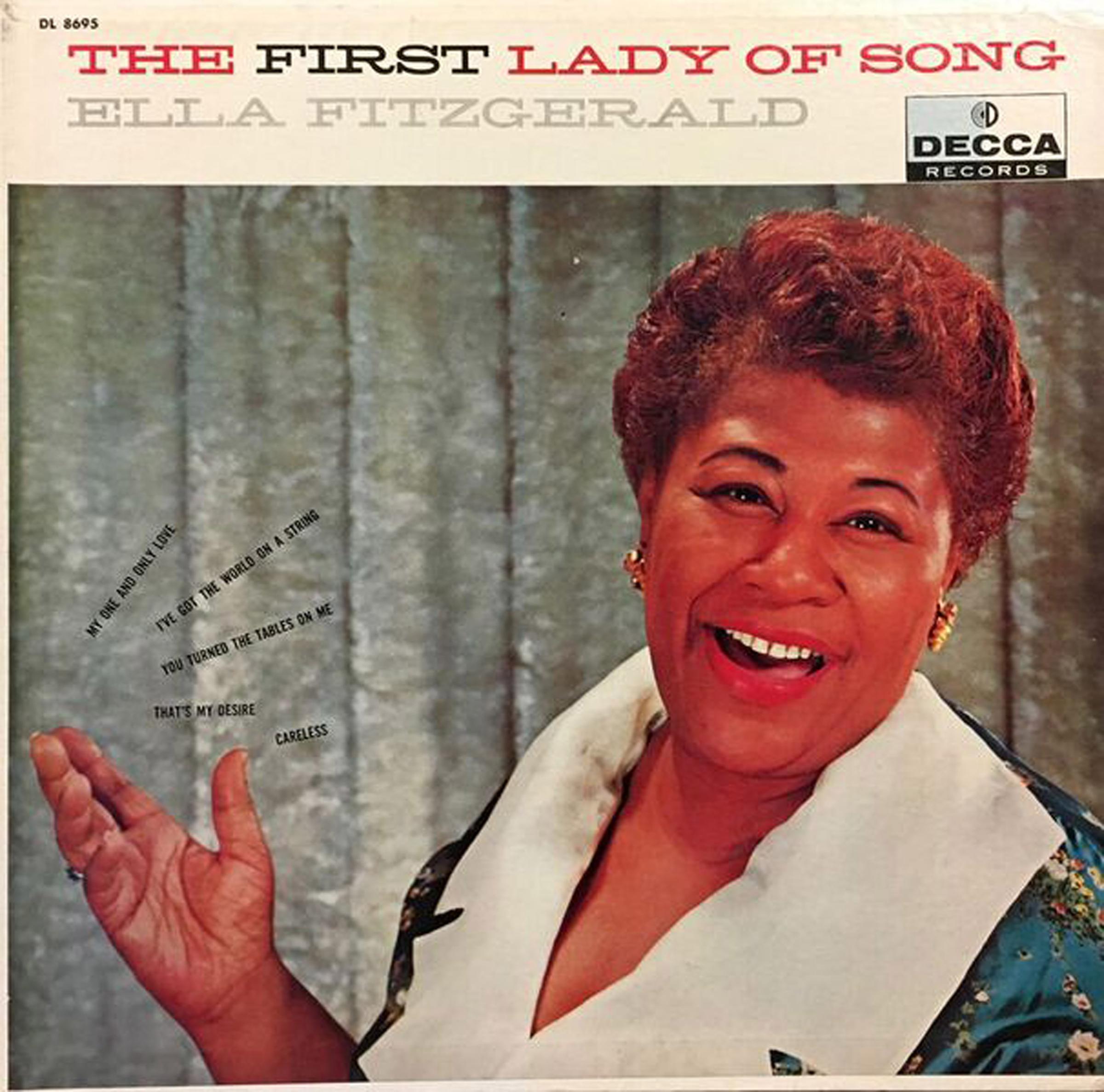
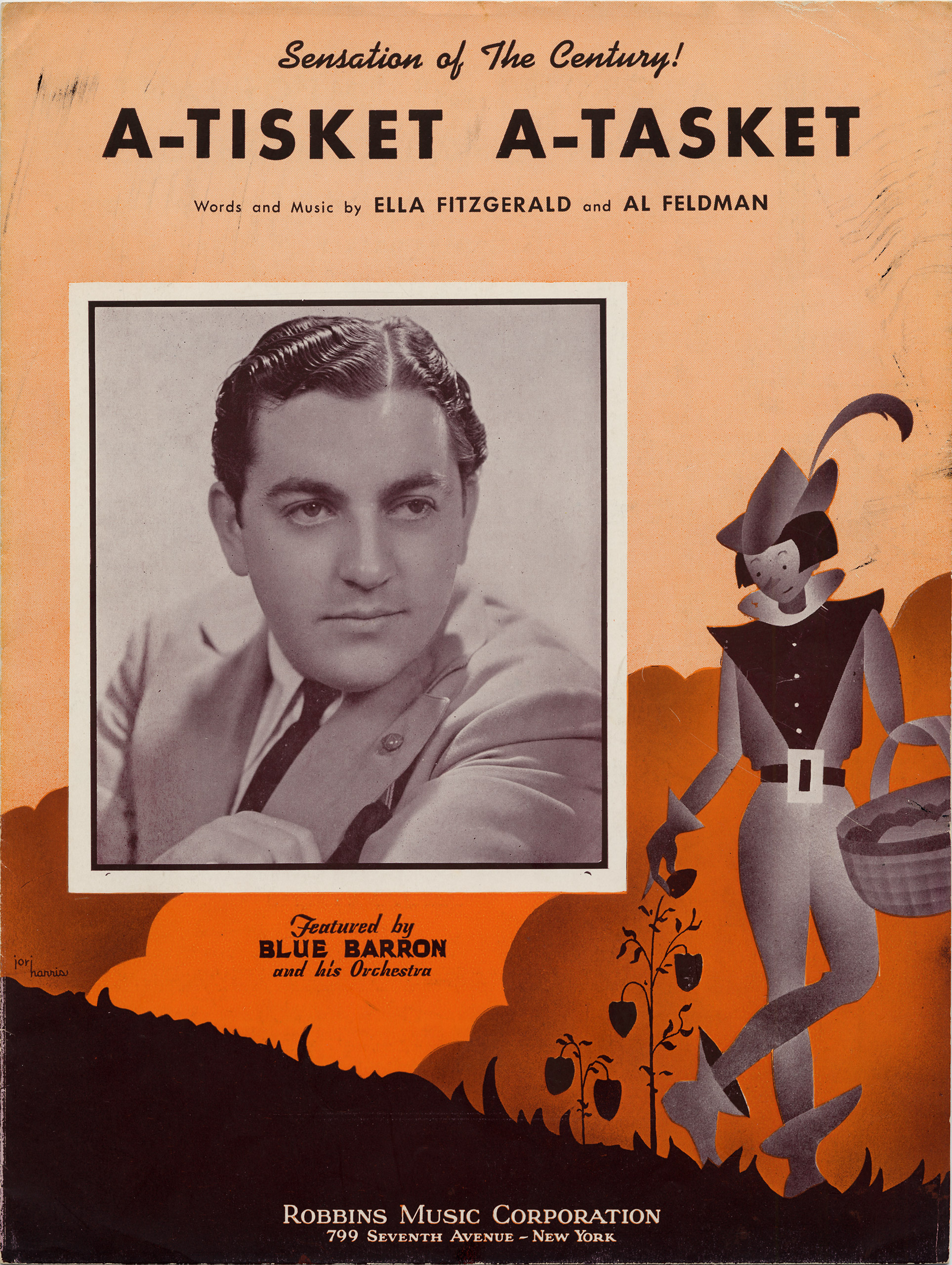
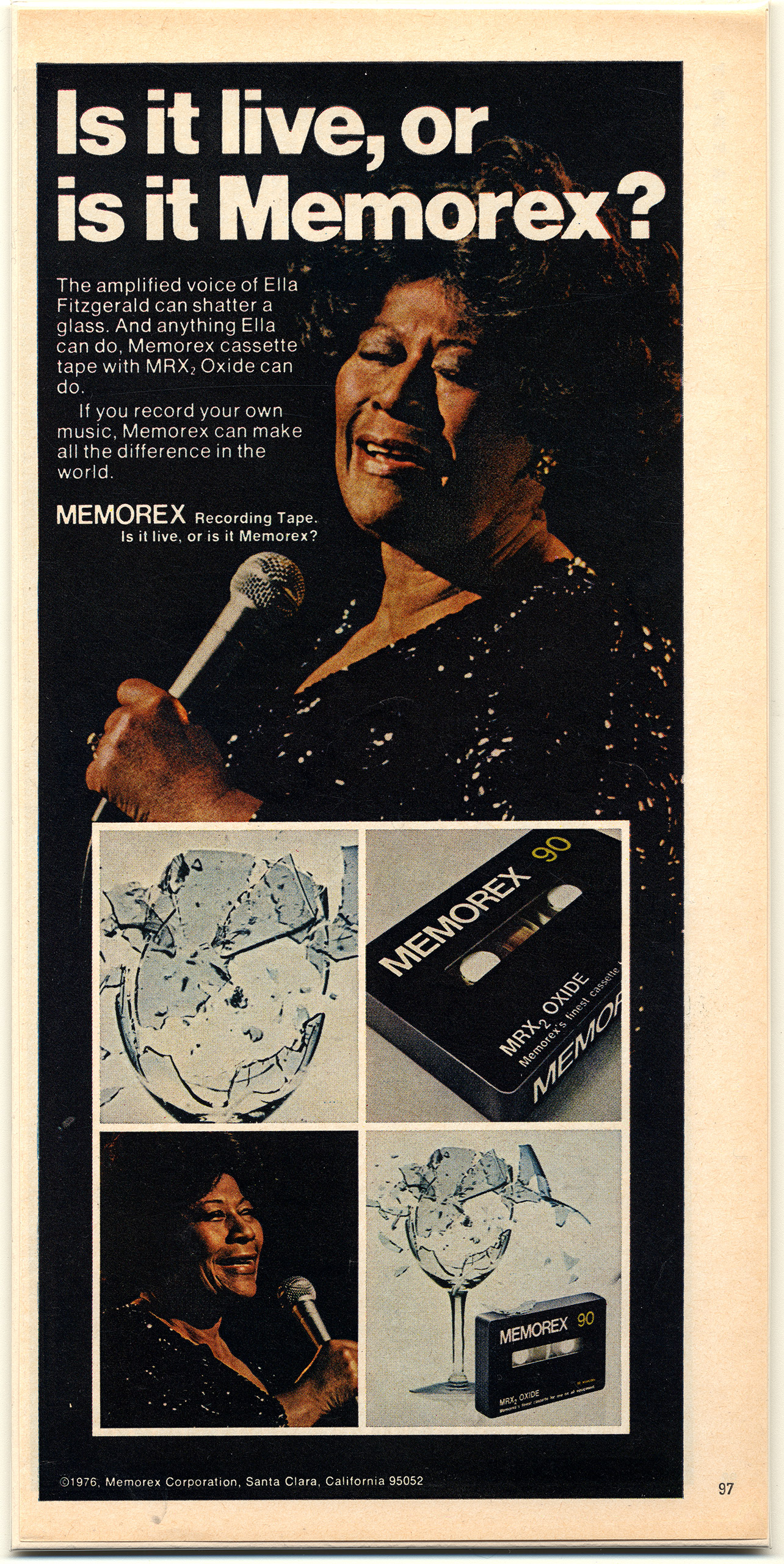
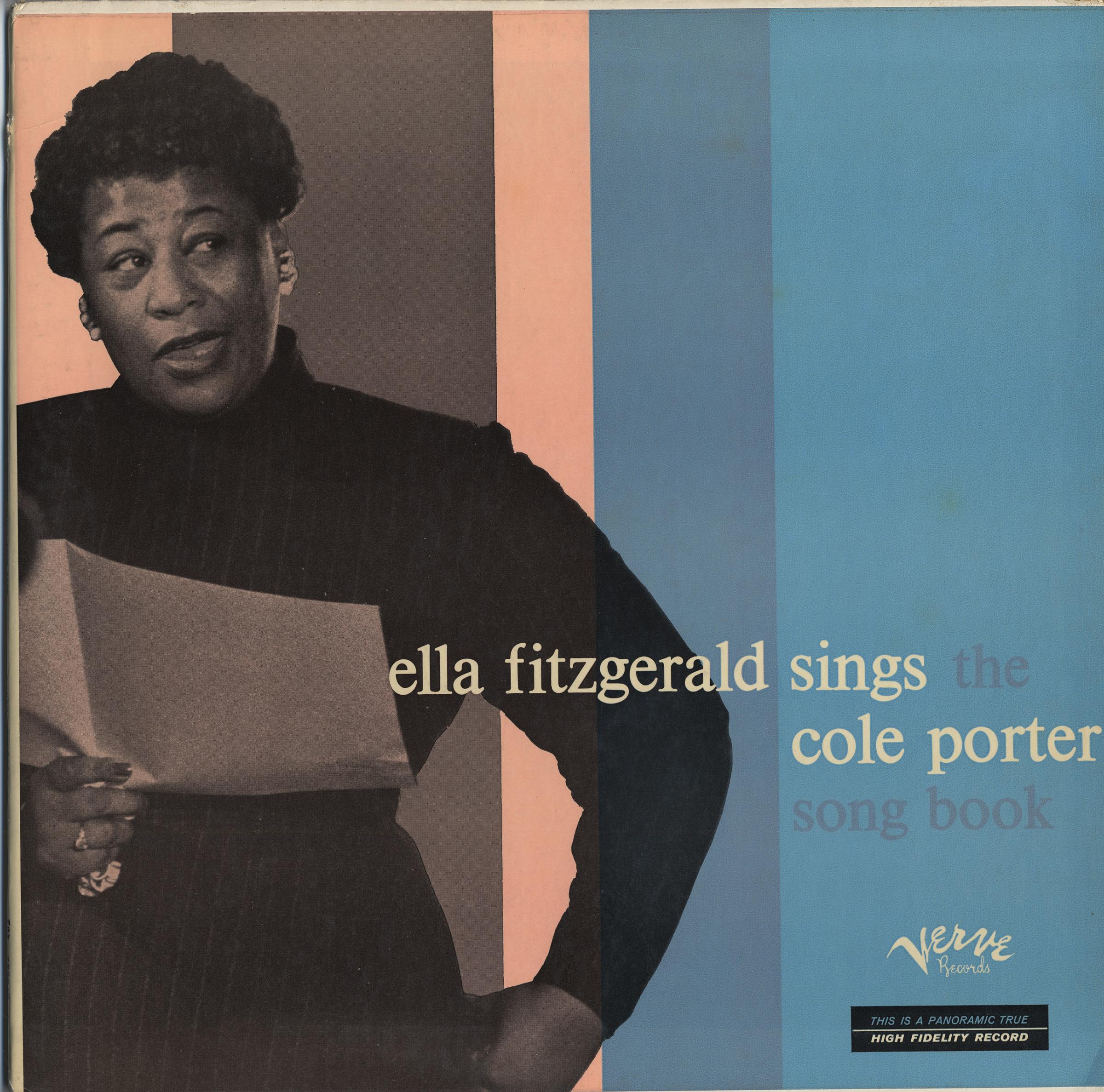
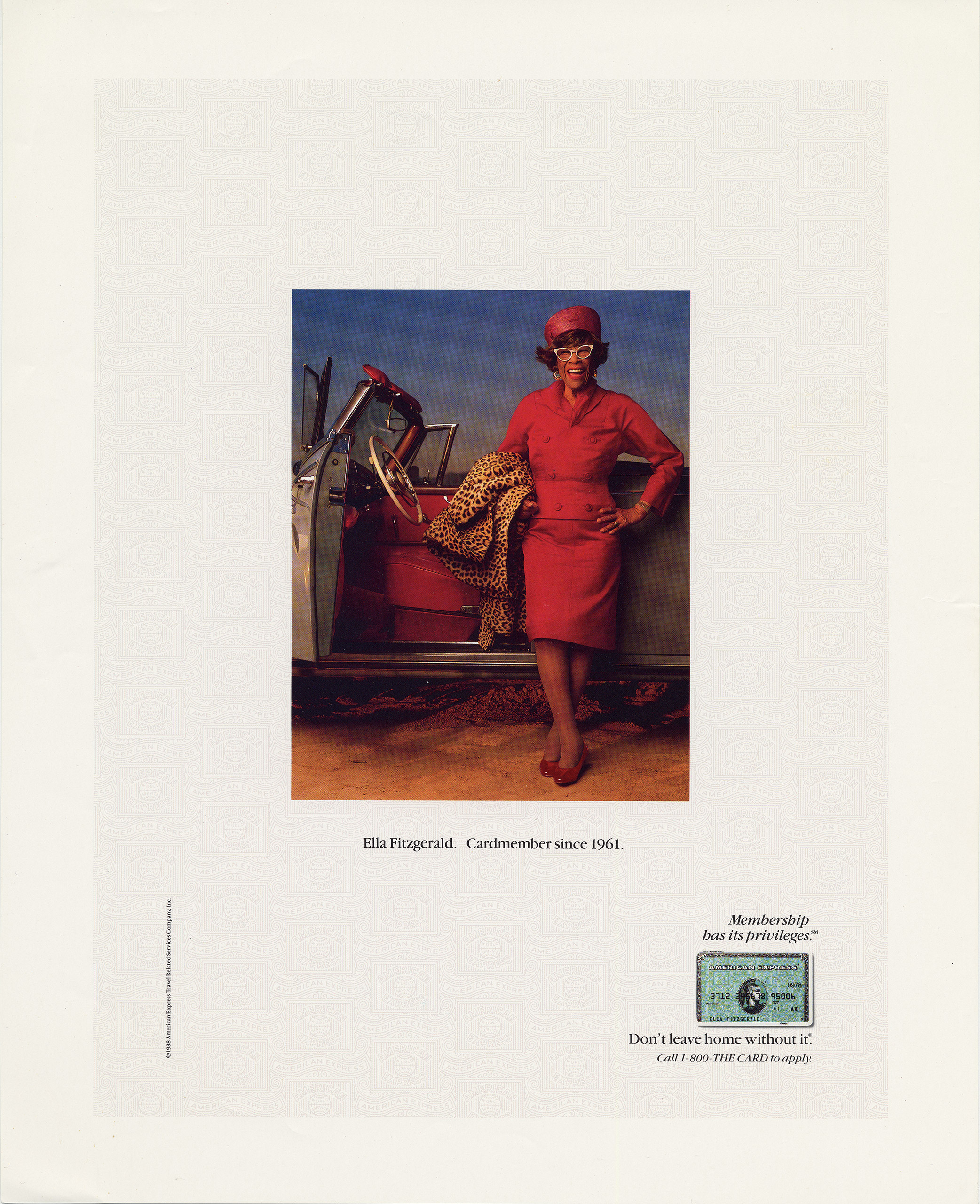


More Must-Reads from TIME
- Cybersecurity Experts Are Sounding the Alarm on DOGE
- Meet the 2025 Women of the Year
- The Harsh Truth About Disability Inclusion
- Why Do More Young Adults Have Cancer?
- Colman Domingo Leads With Radical Love
- How to Get Better at Doing Things Alone
- Michelle Zauner Stares Down the Darkness
Write to Lily Rothman at lily.rothman@time.com